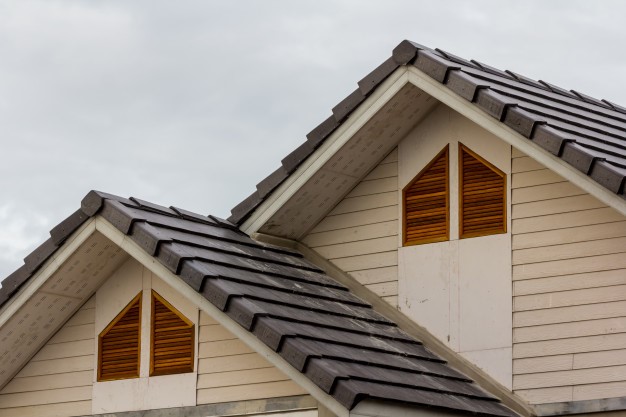Metal roofing panels rated for architectural use attached to purlins horizontal pieces of wood or metal fastened to roofing trusses are structurally sound when installed according to your roofing manufacturer s instructions and local building codes.
Tar paper necessary under metal roof.
Felt otherwise known as underpayment is required when.
The slip sheet helps keep the metal from sticking to the felt paper while installing the roof.
With metal roofing its also a good idea to put a layer of red rosin paper between the felt or ice water shield and the metal that way it wont potentialy stick to it and cause oil canning and would allow for expansion.
Felt paper or not under metal rofing most codes and good roofing practice would require felt.
Local building codes may specify a certain weight of felt paper but 30 pound paper is usually a good bet.
There are pre printed lines on the tar paper that help show you where to end the overlap.
Sometimes called roofing felt underlayment roofing tar paper or roll roofing this is a layer of protection installed between the roof deck and the roofing shingles.
Usually 2 inches is plenty on a horizontal seam.
Metal roofing underlayment is unique in requiring an extra slip sheet layer which is typically red rosin paper.
It provides trapped moisture from under the roof in low slope applications a path to drain.
This thermal break promotes energy efficiency by stopping conductive heat transfer much like the air space between multiple panes of glass in a thermal pane window.
It also creates a thermal break to minimize heat transfer from the roof surface to the structure.
Roofing felt is a layer of tar paper installed beneath the shingles to provide a backup waterproof membrane in case of leakage.
For many applications a layer of plywood underneath your metal roofing is an unnecessary expense.
Long term in service roof performance can be affected by several important factors including.
If you have a vertical seam where one piece ends and another starts make the overlap at least 6 inches.















































